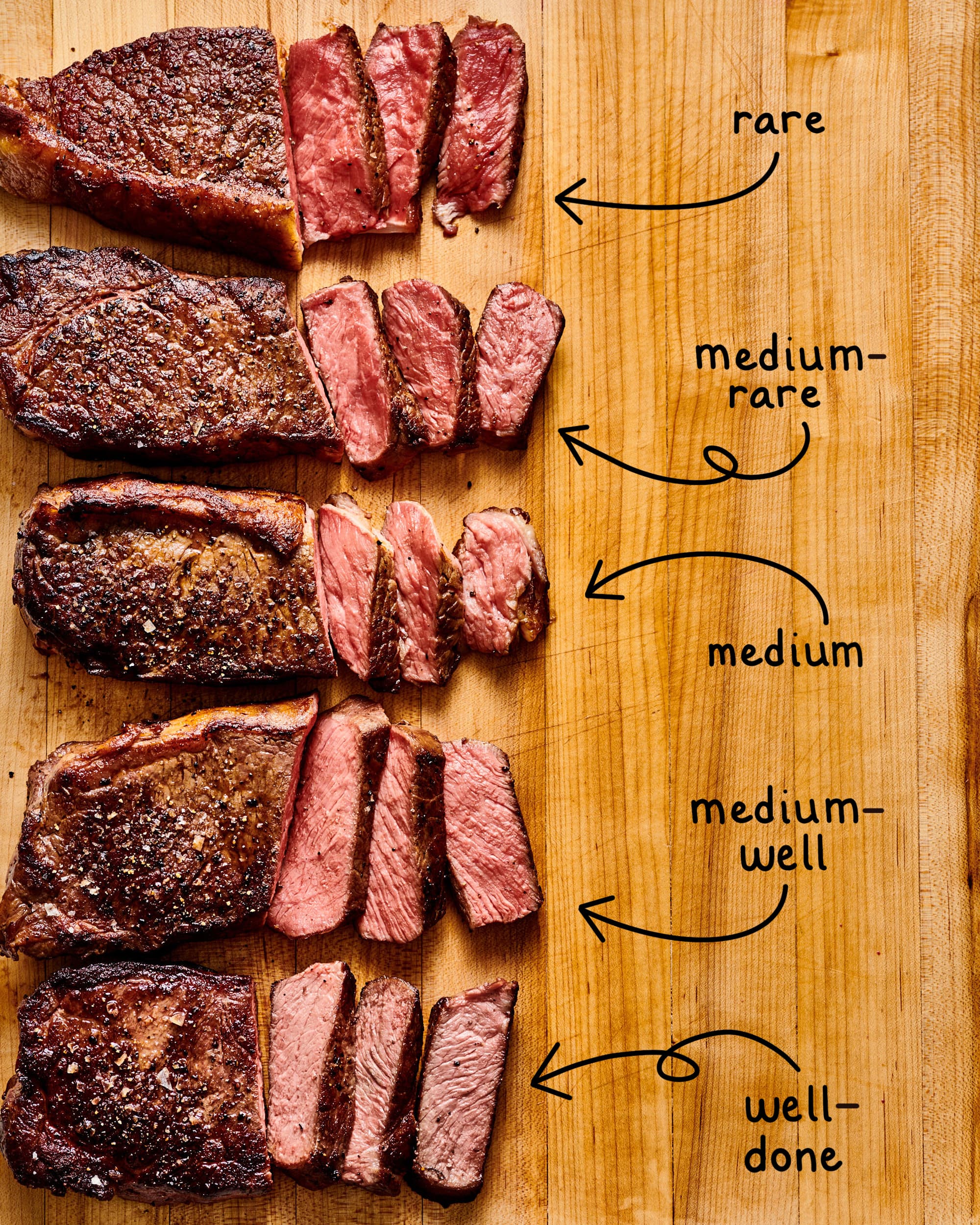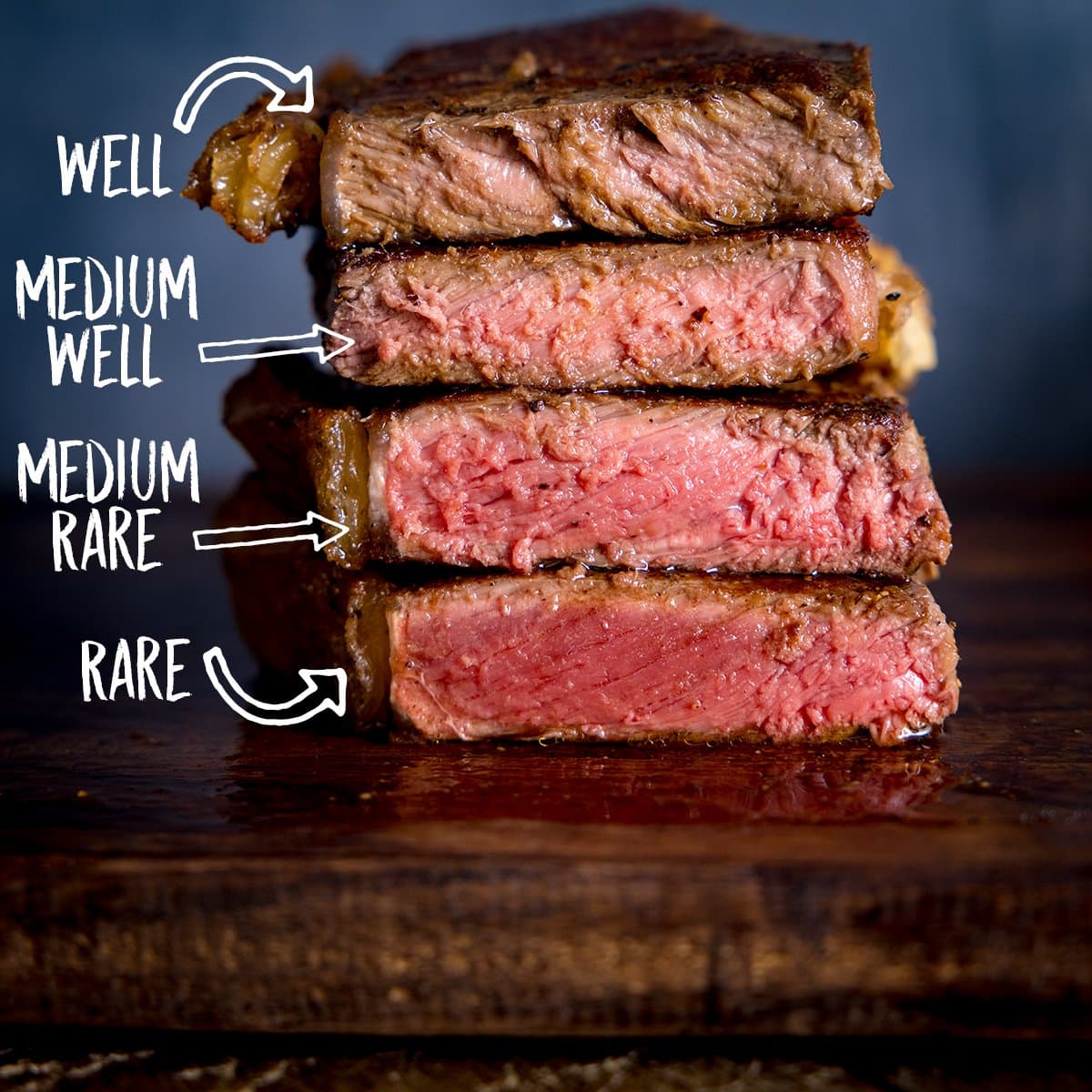Unlocking the Flavor and Nutrition of Medium Rare Steak: A Gastronomic Guide for the Discerning Palate
When it comes to cooking steak, the medium rare method is often touted as the perfect balance between flavor and health. This culinary technique involves cooking the steak to an internal temperature of 130-135°F (54-57°C), which leaves the meat juicy and tender while retaining its natural juices. However, the health benefits of consuming medium rare steak are often misunderstood, and many people assume that it's not a nutritious option. In this comprehensive guide, we'll delve into the world of medium rare steak, exploring its flavor profile, nutritional benefits, and expert tips for cooking the perfect medium rare steak.
The Science of Medium Rare Steak
To truly appreciate the benefits of medium rare steak, it's essential to understand the science behind cooking meat. When a steak is cooked to a high temperature, the proteins on its surface denature and bind to each other, creating a tough and dry texture. In contrast, cooking a steak to a lower temperature, such as medium rare, allows the proteins to remain loose, resulting in a tender and juicy texture. This process is known as the Maillard reaction, a chemical reaction between amino acids and reducing sugars that occurs when food is cooked, resulting in the formation of new flavor compounds and browning.
Flavor Profile of Medium Rare Steak
The flavor profile of medium rare steak is a result of the Maillard reaction, which creates a rich and complex taste experience. The higher levels of creatine and other nutrients in the meat contribute to its characteristic flavor, which is often described as tender, juicy, and savory. When cooked to medium rare, the steak's natural flavors are enhanced, resulting in a more nuanced and satisfying taste experience.
What Makes Medium Rare Steak Special?
When cooked to medium rare, steak retains its natural juices, which are essential for maintaining its tenderness and flavor. The unique combination of protein structure and fat content in steak also contributes to its rich flavor profile, making it an ideal choice for those seeking a high-quality culinary experience.
Health Benefits of Medium Rare Steak
While many people believe that medium rare steak is not a healthy option, the reality is that it can be a nutritious choice when consumed in moderation. The high levels of protein, vitamins, and minerals in steak make it an excellent source of essential nutrients, including:
- Protein: Steak is an excellent source of protein, which is essential for maintaining muscle mass and overall health.
- Iron: Steak is a rich source of iron, an essential mineral that plays a critical role in the production of red blood cells.
- Zinc: Steak is a good source of zinc, a mineral that is essential for immune function and wound healing.
Nutritional Breakdown of Medium Rare Steak
| Nutrient | Serving Size (3 oz) | Medium Rare Steak Percentage |
|---|---|---|
| Protein | 22g | 90% of the Daily Value (DV) |
| Iron | 3mg | 17% of the DV |
| Zinc | 3mg | 20% of the DV |
| Calories | 200 | 10% of the DV |
Cooking Tips for Perfect Medium Rare Steak
Cooking the perfect medium rare steak requires attention to detail and a few expert tips. Here are some guidelines to help you achieve a juicy and tender steak:
Choosing the Right Cut of Meat
The quality of the steak is essential for achieving a perfect medium rare. Look for cuts with a good balance of marbling (fat distribution) and tenderness, such as:
- Ribeye
- Sirloin
- Filet Mignon
Preparing the Steak
Before cooking, make sure to:
- Bring the steak to room temperature to ensure even cooking.
- Pat the steak dry with a paper towel to remove excess moisture.
- Season the steak with salt, pepper, and any other desired seasonings.
Cooking the Steak
To cook the perfect medium rare steak, follow these steps:
- Preheat a skillet or grill to medium-high heat.
- Add a small amount of oil to the pan and swirl it around.
- Sear the steak for 2-3 minutes per side, or until a nice crust forms.
- Reduce the heat to medium-low and continue cooking to an internal temperature of 130-135°F (54-57°C).
Resting the Steak
Once the steak is cooked, remove it from the heat and let it rest for 5-10 minutes. This allows the juices to redistribute, resulting in a more tender and flavorful steak.
Serving Suggestions
Medium rare steak is a versatile ingredient that can be paired with a variety of ingredients to create a satisfying and flavorful meal. Here are some ideas:
- Garlic butter: Melt butter with garlic and parsley, and serve it over the steak.
- Roasted vegetables: Roast vegetables such as asparagus, Brussels sprouts, or carrots to create a colorful and nutritious side dish.
- Creamy sauce: Serve the steak with a creamy sauce, such as Béarnaise or peppercorn, to add an extra layer of flavor.
Conclusion
Medium rare steak is a culinary delight that offers a perfect balance of flavor and health. By understanding the science behind cooking meat, the flavor profile of medium rare steak, and the health benefits of this cooking method, you can enjoy a delicious and nutritious meal. With these expert tips and cooking guidelines, you'll be well on your way to becoming a master griller and unlocking the full potential of medium rare steak.
How Old Iarleyhimkus
Zeochip
Lara Diabla
Article Recommendations
- Google Places Rank Tracking
- Charly Arnolt Husband
- Judd Nelson
- Jessica Tarlov Fired
- Matt Czuchry Wife
- Whipitdev
- Does Kai Madison Trump Have Apeech Impediment
- Dominic Purcell
- Aitana Bonmati Husband
- Sarah Boulos



